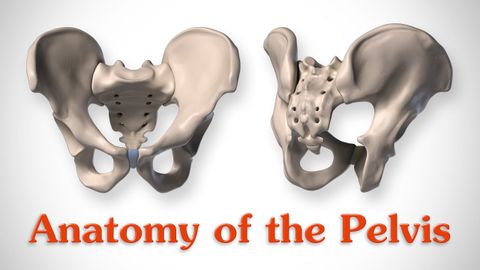骨盆的解剖--為藝術家而設 (Anatomy of the Pelvis - for Artists)
vulvul 發佈於 2021 年 01 月 14 日  沒有此條件下的單字
沒有此條件下的單字US /ˈstrʌk.tʃɚ/
・
UK /ˈstrʌk.tʃə/
- n. (c./u.)結構;建築物
- v.t.構成;組織
US /ˈpɔrʃən, ˈpor-/
・
UK /'pɔ:ʃn/
- n. (c./u.)(食物等的)一份;部分;命運;嫁妝;份額
- v.t.分配(給人)
- v.t./i.倚靠;傾向於...;傾斜;依靠
- adj.靠;高效;瘦的
- n. (u.)瘦肉

